The Syncretic Revival of Paganism: How Transcendentalism Became Theosophy
Edgar Poe as Cultural Warrior Part 6
Part 1: The Society of the Cincinnatus: Solving a 170 Year Murder Mystery
Part 2: Poe, Beethoven and Houdini VS the Cult of Artificial Intelligence
Part 3: Poe’s Tales of Ratiocination and the Real C. Auguste Dupin
Part 4: Culture Wars: Mazzini's Minions Enter the Stage
Part 5: Poe's Eureka vs Emerson's Transcendentalism
Edgar Allan Poe was quick to recognize the fundamental irrationalism at the heart of Transcendentalist ‘gnosis’, and the tendency of this movement to promote an early syncretization of the most occult elements of numerous spiritual movements from around the world. [1]
Poe understood that were this new syncretic faith not nipped in the bud using biting irony and satire, then the Manichean presumption of a universe shaped by white vs black magic, the schism of understanding from feelings, and the embrace of superstition which was a natural consequence of cutting the power of reason from judgement… was sure to undermine the moral foundations upon which the United States was founded.
In this chapter, we will review in greater detail, the gnostic pagan revival underlying the creation of Transcendentalism in the 1830s and Theosophy in the 1870s. I will demonstrate that these are NOT two, but rather one continuous movement with one continuous aim.
In the 1930 book Theosophy: a Modern Revival of Ancient Wisdom, author Alvin Boyd Kuhn astutely noted the connection between New England Transcendentalism founded by Ralph Waldo Emerson in the 1830s and the origins of Theosophy writing:
“It may seem ludicrous to suggest that Emerson was the chief forerunner of Madame Blavatsky, her John the Baptist. Yet seriously, without Emerson, Madame Blavatsky could hardly have launched her gospel when she did with equal hope of success. There is every justification for the assertion that Emerson's Orientalistic contribution to the general Transcendental trend of thought was preparatory to Theosophy.”
Transcendentalism as Gnostic Pagan Revivalism
Emerson’s disciple Margaret Fuller (who called her mentor “my Druid”) described her own syncretic ideal for a new world spirituality writing in her 1941 Transcendentalist Credo:
“I have no trouble, so far from the sacrifice required of Abraham… it as prefiguring a thought to be fully expressed by the death of Christ (yet forget not that they who passed their children through the fire to Moloch were pious also and not more superstitious than an exclusive devotion to Christ has made many of his followers). Do you not place Christ then in a higher place than Socrates, for instance, or Michael Angelo? Yes! Because if his life not truer, it was deeper, and he is a representative of ages. But then I consider the Greek Apollo as one also!”
Fuller, whom Poe ridiculed as the character ‘Suky Snobbs’ in How to Write a Blackwoods Article, demonstrates in her Credo a view that the Greco-Roman solar deity Apollo (at the heart of the Pythian oracles of Delphi in Ancient Greece) was as equally sacred as the figure of Jesus or Moses.
In the above citation, Fuller carries out a strange form of praise for the story of Abraham’s willingness to commit child sacrifice, or God’s sacrifice of Jesus, Fuller makes a point to equate these instances of sacrifice to the faith of those who committed mass child sacrifices to the ancient deity Moloch which poured innocent blood across pagan altars of Phoenicia for centuries.
Before Henry David Thoreau wrote his environmentalists’ bible “Walden,” he wrote of his ideal pagan revival: “In my Pantheon, Pan still reigns in his pristine glory, with his ruddy face, his flowing beard, and his shaggy body, his pipe and his crook, his nymph Echo, and his chosen daughter Iambe; for the great god Pan is not dead, as was rumored. No god ever dies. Perhaps of all the gods of New England and of ancient Greece, I am most constant at his shrine.” [2]
Thoreau’s mentor Ralph Waldo Emerson himself wrote homages to the Rites of Eleusis, and embraced both nature worship, and pagan ideals devoid of a sense of duty to, or love of humankind. Instead, Emerson’s gospel was centered around the individual’s desires before everything, stating that each human “aims to be somebody; to set up for himself; to truck and higgle for a private good; and, in particulars, to ride that he may ride; to dress that he may be dressed; to eat that he may eat; and to govern, that he may be seen."
In Emerson’s thesis of “the Oversoul”, any moral, reasonable directing influence to the universe was replaced for a vague energy flow of each element within creation exerting its desire to “be” devoid of any elements of justice, which resulted in all being co-equal to all, and the Oversoul (aka: all) being co-equal which each thing in reality. It wasn’t hard for Emerson to make the Kabbalistic leap to conclude that the initiated elite is God… Not a divine being made in the image of God, but rather God.
After founding Theosophy in 1875, Madame Blavatsky wrote of Emerson’s World Soul: “It is such men as these who knew of no other Deity but that which dwelt in them as they felt themselves inseparable from It, that Emerson must have had in his mind when writing his Essay on the Over-Soul.”
Blavatsky continues: “Alone Emerson, one of the most transcendental idealists of our century, in his Essay on the Oversoul gives in a few words the most superb definition of the psychological states above referred to. Speaking of the commingling of the individual with the Universal Soul, he describes it by saying: "I, the imperfect, adore my own Perfect.” [3]
A Blend of Eastern Mysticism with a Hint of Sulphur
In 1840, Emerson, Fuller and Thoreau launched a magazine named The Dial which was a primary target of Edgar Poe’s biting criticisms.
Not only did The Dial publish Transcendentalist essays, and poetry, but also a wide array of British-translated oriental texts representing eastern mysticism from Egypt, China, Turkey, Persia, and India.
Alvin Boyd Kuhn writes of this: “It must not be forgotten that [Emerson’s] advocacy of Brahmanic ideas and doctrines came at a time when the expression of a laudatory opinion of the Asiatic religions called forth an opprobrium from evangelistic quarters hardly less than vicious in its bitterness. Theosophy could not hope to make headway until the virulent edge of that orthodox prejudice had been considerably blunted. It was Emerson's magnanimous eclecticism which administered the first and severest rebuke to that prejudice, and inaugurated that gradual mollification of sentiment toward the Orientals which made possible the welcome which Hindu Yogis and Swamis received toward the end of the century.”
For whatever reason, the American people of the 1840s didn’t resonate with nature worship or Indian mysticism, and by 1845, the Dial magazine closed its doors, with Margaret Fuller leaving to Europe where she became a disciple of Italian Freemasonic revolutionary Giuseppe Mazzini.
As Cynthia Chung outlined in Mazzini as the one and only Godfather to the Sicilian Mafia, Mazzini was less of an Italian revolutionary, and more of a gnostic proto-fascist that pioneered a new technique of weaponizing mass movements towards anarcho-terrorist tactics, while also founding the modern mafia.
As noted in part 4 of this series, Emerson was also also a devotee of Mazzini and even co-founded a northern branch of Mazzini’s Young Europe in the USA in 1845.
Following the policy of the earlier Hellfire Club that managed the 18th century British Empire (which featured the slogan “Do What thou Wilst” etched over the entrance to Sir Dashwood’s hedonistic caverns), the Transcendentalists were devoted to a public and secret doctrine with a public face promoting “spiritualism”, and “love” while the inner elect advanced the revival of the ancient mystery cults, gnosticism and the Eleusinian Mysteries. [4]
“Do what thou whilst” became the credo for Aleister Crowley’s later religion of Thelema which he infused into the Black Mass of the Ordo Templi Orientis and has been the essential character of all satanic cosmologies since ancient times.
Emerson promoted this same self-centered philosophy and even alluded to his dark side in Self-Reliance saying: “if I am the Devil's child, I will live then from the Devil."
The radical individualism of the Transcendentalists infused with a new syncretic stew of global mystery religions, Gaia nature worship, and a rejection of the belief in scientific and technological progress was obviously not compatible with the basic scaffolding upon which the American republic was founded in 1776.
As outlined in part 4 of this series, the Transcendentalists knew exactly what they were doing. [5]
The US Survives the Civil War: A New Strategy is Begun
However, the union withstood the slings and arrows of civil war and British-directed Young America anarchism from both northern and southern sides of the conflict.
By the end of the Civil War, those Young America groups represented in the north by Emerson’s Transcendentalists and in the south, by Albert Pike’s Knights of the Golden Circle, having failed to tear up the nation from within, were remoulded into a new agency.
That new agency would aspire to go much further than the leaders of the earlier Transcendentalists ever dreamed by establishing the underlying foundation for a new world religion synthesizing the most superficial occult elements of all cultures of the earth. The name chosen for this agency was ‘Theosophy’, and was founded in the USA in 1875 by three occultists: a Russian noble woman named Madame Helena Blavatsky, and two influential American occultists: Colonel Henry Steel Olcott and William Quan Judge.
At the time of their first encounter in Vermont, all three individuals were promoters of spiritualism.
Spiritualism was a new phenomenon that was quickly becoming an alternative new religion which had grown out of an area of New York State during the “second great awakening” that was known as ‘the burnt over district’. The name referred to the fires of religious fundamentalism, faith healers, demonologism, channelling angels and revivalism that burnt through the area during the 1820s-1840s.
The Rise of Spiritualism
The first spiritualist sensations that emerged onto the scene in 1846 were three girls known as ‘the Fox Sisters’ who toured the USA and attracted crowds of thousands to hear their ‘ghost rappings’.
Even though one of the sisters admitted that their communications with spirits were entirely fabricated tricks, their reputation created a sensation and embrace in paranormal activity.
It didn’t take long before all of Europe and Russia were burnt over with popular mediums, channelers, levitators and modern oracles communicating with astral planes, higher dimensions and spirit realms. It wasn’t only superstitious masses that yearned to be deceived by these magicians, but the courts of Europe welcomed these modern occultists into their high courts to perform seances, astrological readings, and other tricks.
Of course, as Harry Houdini, Kristian Birkeland and hundreds of other debunkers of spiritualist hoaxters demonstrated over the ensuing decades, every single case of supernatural activity performed by the spiritualists was based upon little more than stage magic tricks deployed to convince superstitious dupes that talented mediums were channelling messages from dead relatives, or were levitating, exuding exo-plasm from the aether, or materialising objects from the Astral Plane.
The Rise of Theosophy
It was on one particular pilgrimage to witness a family of famous spiritualists named the Eddy brothers in Chittenden, Vermont that Olcott, Blavatsky, and Judge found themselves “completely accidently” together on the same American farm at the same moment in time.
Despite the fact that the Eddy Brothers had been debunked numerous times during public seances where they faked materializations of ghosts on numerous occasions, Olcott had made it his mission to popularize their act as a journalist for Horace Greeley’s media.
Describing the Eddy brothers fraud (and Col. Olcott’s role promoting them), Christian Goodwillie writes in Light and Dark Sides of Spiritualism: The Eddy Brothers and the Shakers:
“The popular press supplied considerable coverage of the Eddys and their fellow mediums throughout the mid-1870s. Eddy family mediums, and others, were repeatedly exposed as frauds by audience members who were willing to physically assault one of the materialized spirits during a séance. Without exception these were usually revealed to be the mediums or an accomplice wearing a costume. It is hard to account for the sheer variety of costumes—representative of either gender from a global range of cultures and religious sects—and for the physical dexterity of the mediums who impersonated children, dwarves, or crippled adults. An Eddy associated named Chaplin who was hired by a true believer in Fair Haven, Vermont, to perform materializations was exposed by skeptical investigators in March 1875 after being apprehended while manifesting a “little ‘dumpy’ spirit” ambling about the room. He confessed that he was performing the séance by the same method the Eddys taught him. The publication of Henry Steel Olcott’s full length account of the Eddys People from the Other World brought even more attention and visitors, believers and skeptics alike, to Chittenden.”
Since Olcott, Blavatsky, and Judge were all devoted to the same cause, the next obvious conclusion they arrived at was to create a new world religion right there in New York... or at least, that is what the official narrative controllers would have us believe.
Like so many sacred myths of our political history, a much more interesting image appears once the official paint is scratched off the surface.
Henry Steel Olcott: White Buddhist of Ceylon
In this case the figure of Colonel Olcott represents something much more than an American lawyer seeking to fulfill his soul’s yearning for meaning which brought him to the Eddy Brothers’ farm. Olcott had become a devotee of the Fox sisters in the late 1840s and became a founding member of the New York Conference of Spiritualists in 1853.
During the civil war, Olcott was assigned to the army and quickly rose through the rank to the position of Colonel in the US Navy.
After the murder of President Lincoln, Olcott was assigned to a special commission that investigated the president’s assassination. The fact that the commission entirely failed to apprehend the larger coordinating body that steered Lincoln’s murder from Confederate intelligence headquarters in British Canada, despite ample evidence then known to the investigators, may or may not have something to do with Olcott’s participation.
Until his death in 1907, Colonel Olcott held the position of president of the Theosophists, although Madame Blavatsky (and later Annie Besant) were recognized by their thousands of devoted followers as the spiritual well spring of the new religion.
By the 1880s, Olcott became a champion of reviving a particular brand of British-revisionist Buddhism in Sri Lanka and became known as the ‘White Buddhist of Ceylon’.
In this endeavor, Olcott worked closely with fellow Theosophist Alfred Percy Sinnett on the creation of a secret doctrine called ‘Esoteric Buddhism’ which infused Tibetan occultism, tantric magic, and kundalini yoga into a new synthetic doctrine.
On May 16 1880, Olcott and Blavatsky won legitimacy to reform Buddhism by becoming the first westerners to be given the ‘3 Rites, 5 Precepts’ (officially converting to Buddhism).
Olcott’s 1881 work ‘The Buddhist Catechism’ entirely transformed the perception, and practice of Buddhism in Sri Lanka and is celebrated as a nearly-sacred text to this very day. Over the course of three decades, Olcott and Sinnett created dozens of Buddhist schools, journals, publishing houses and libraries across Sri Lanka and beyond… even directing the designs used for the current Buddhist flag.
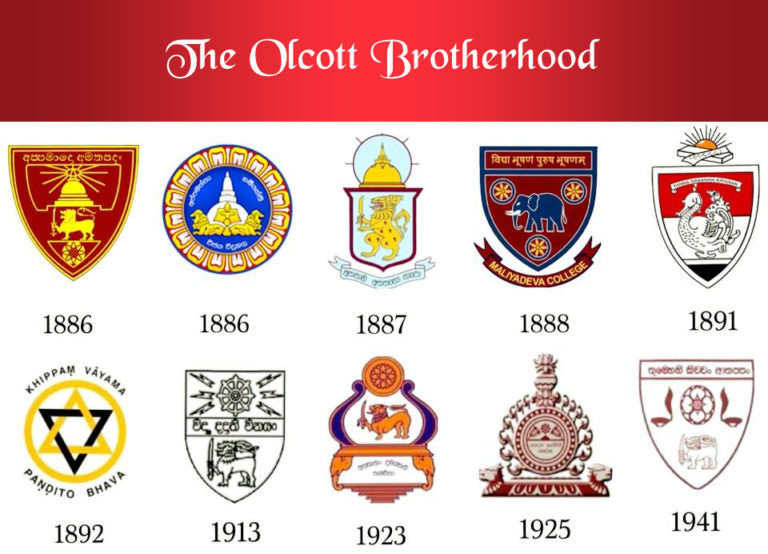
After Blavatsky authored the manifesto for the new religion in the form of her Isis Unveiled in 1877 (with significant assistance by Olcott and Judge), the movement decided to move its headquarters from New York City to India in preparation for a new wave of imperialism and social engineering.
Although celebrated as an anti-imperialist and promoter of the equal rights of humanity, Blavatsky herself was a racist, who had little love for non-Aryans and wrote of “negros and indians” as being “half-human mongrels.” Her synthesis of Darwinism with spiritualism was at the heart of a thesis (taken from Sir Edward Bulwer Lytton) of “root races” which defined the human races as emerging from several different lines.
While darker races grew out of monkeys, Blavatsky’s higher Aryan race emerged from pre-historic Hyperborean/Atlantean creatures that appeared to have been created by (or incarnated by) Astral beings from space. The exclusive involvement of Indian members of the lighter skinned Brahmin caste among Theosophist leaders likely has much to do with the British Empire’s promotion of Aryan supremacy among the Indian population during English rule.
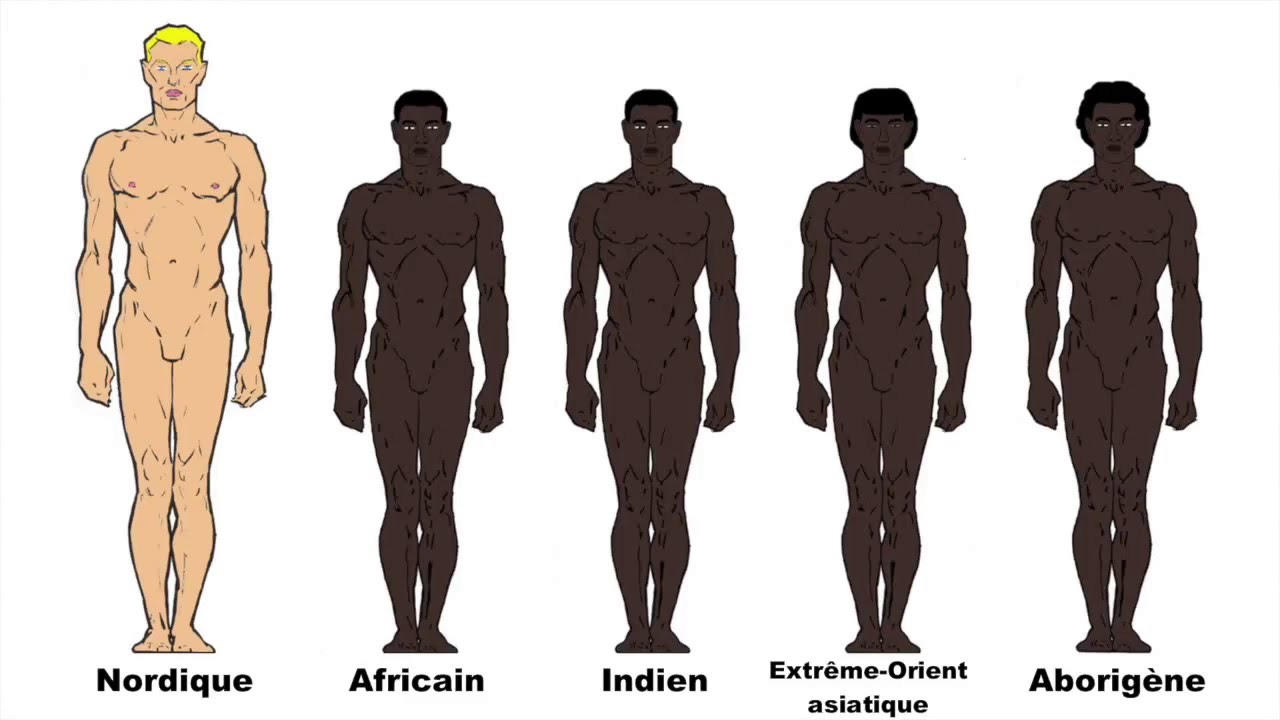
In her Secret Doctrine (1888), Blavatsky came out of the closet as a satanist writing:
“Satan will now be shown in the teachings of the secret doctrine allegorized as good and sacrifice a god of wisdom under different names. Satan, the serpent of Genesis is the real creator and benefactor. The father of spiritual mankind. For it is he who was the harbinger of light, bright and radiant Lucifer who opened the eyes of the woman created by Jehovah and he who was the first to whisper in her ear "you eat there of you shall be as Elohim knowing good and evil". He can only be regarded in light of a savior. Lucifer is divine and terrestrial light the holy ghost and Satan at one at the same time and it now stands proven that Satan is in us. He is our mind, our tempter, our redeemer, our intelligent liberator, and savior from pure animalism.”
Besides aiming to redefine Indian Vedic, Buddhist, Daoist and other eastern philosophies around a new occult interpretation that synthesized Hermetic, Rosicrucian, Kabbalist and neo-Platonic teachings, the inner core of the Theosophists were also obsessed with the seemingly impossible mission of becoming the voice for the oppressed of India.
This second project would be done slowly, but with single mindedness by establishing a growing array of universities in India overseen by Theosophist doctrine, and also a new political movement called ‘The India National Congress’.
Taking Control of India’s Resistance
The meeting that established the India Congress Party in 1885 was itself initiated directly by Colonel Olcott who had overseen a 17 person Theosophist meeting in Adyar India, Dr. Kewal Motwani observed that “strictly speaking, Olcott was the father of the Indian National Congress.”
Even if one wishes to ignore the direct role of Olcott in forming the party of Mohandas Gandhi, Jawaharlal Nehru and so many other celebrated Indian intellectuals… the fact remains that Olcott’s lieutenant Alan Octavian Hume- a devoted Theosophist, British Civil Servant and son of Malthusian reformer Joseph Hume was in fact the official creator of the organization. When the India Congress Party was created at a December 1885 meeting at Gokuldas Tejpal Sanskrit College in Bombay, with 72 delegates in attendance, AO Hume was made General Secretary.
And what reason did AO Hume have for initiating this new agency in India?
Writing to British Viceroy Lord Duffrein, Hume discussed the dangers of total Indian uprisings threatening to undermine the British Empire’s control over its Jewel. In this letter, Hume notes that what is needed is “a safety valve for the escape of great and growing forces, generated by our own action, was urgently needed, and no more efficacious safety-valve than our congress movement could possibly be devised.”
But some might hear this and say “but the first president of the Congress Party was an Indian and not an English man, so there is something authentic that we should still appreciate”.
When Theosophist leader Annie Besant took over control of the India Congress Party serving as its first female president, she spoke of her desires for a new world religion uniting all Aryan people under the rule of the British Empire:
“Britain is working in India; how India is re-acting on Britain; until you can see gradually forming, amid the dust and the turmoil of the present, the outlines of a mighty World-Empire, with East and West together; mighty World-Powers linking, and marching side by side, until India shall no longer be a constant menace, a danger in the moment of Britain's weakness, but shall be a buttress and a strength; the oldest and the youngest branches of the Âryan family joining hands in one mighty Empire, which, by the peace it will make, will offer a fit field for the spread, for the teaching, of a World-Religion.”
Just to be clear, Besant was not subverting an authentic national independence movement, but was merely continuing its mandate which had been set into motion by British subversive agendas since its origins.
Indian scholar R.C. Majumadar writes of the first official president of the India National Congress Womesh Chunder Bonnerjee who took the position in 1885: “The selection of W.C. Bonnerjee as president gives a fair idea of the political outlook of the founders of the Congress. Mr. Bonnerjee lived the life of an Englishman and not only kept aloof from, but ridiculed all sorts of political agitation.”
Bonnerjee, Besant and Hume operated with a simple formula:
Oppose any competent revolutionary efforts of such notable patriots as Bal Gangadar Tilak,
In secret, encourage acts of terrorism against oppressors (as we will come to see)
Organize a “middle way” pseudo-freedom movement which condemns BOTH the violence of terrorists and the British administrators in order to make compromise with the English overlords through language such as “responsible government”, “local micro-economy control”, “home rule”… while never allowing any discussion of genuine independence into the conversation.
It should thus come as no surprise that another founder of the National Party Congress and its president from 1898-99 was a British-trained Brahmin named Sir Surendranath Banerjee, who also happened to be a devotee to the political teachings of Italian revolutionary Giuseppe Mazzini whose writings he studied and wrote extensively about while in London.
Upon returning to India, with Mazzini’s ideas in his head, Banerjee immediately set up The All India Movement in an effort to unify all diverse ethnic groups in India around one point of control. This All-India Movement ended up merging with his India Congress Party in 1886, which he also co-founded with the Theosophsists.
The “other” Mazzini-inspired organization in India created at this time was led by a Sri Aurobindo Ghose, who began his career first as a Cambridge trained Brahmin who worked in India’s Civil Service and soon became an educator and promoter of anarcho-terrorism.
It was while studying in England that Aurobindo became a devotee of Mazzini, and as he grew as a terrorist in India (prior to becoming a pacifist guru), he was heralded as ‘Bengal’s Mazzini’ by the Irish-born Kali priestess (and handler of Swami Vivekananda) Sister Nivedita. In later years, Aurobindo trained countless young western nihilists seeking meaning in life.
One prominent such figure was named Michael Murphy who took Aurobindo’s tantric teachings back to the United States which formed the philosophical backbone to the Esalen Institute.
Madame Blavatsky: Mazzinite Freemason and Theosophist High Priestess
Among the founders of Theosophy, Blavatsky’s life is perhaps the most interesting, although her first 40 years are wrapped in much obscurity and myth.
Born into a Russian noble family in 1831, Blavatsky’s introduction to the occult began early with her introduction to the vast library of arcane knowledge built up by her great grandfather Prince Pavel Vasilievich Dolgorukov, a Rosicrucian and Freemason from a cadet family of the Rurik lineage.
Prince Dolgorukov was a practitioner of the Rite of Strict Observance and promoted a belief in an a secret lodge of immortal chiefs controlling humanity. Although her great grandfather’s masonic lodges were suppressed by Czarina Catherine the Great in 1790, like so many similar cases, the masonic orders simply went underground shaping much of Russia’s deep state during the 19th century.
Blavatsky’s mother was the official translater of English Rosicrucian writer/politician Sir Edward Bulwer Lytton into the Russian language, and so Blavatsky’s later embrace of a cosmology of ascended masters, astral communication, great white lodges, elite initiation ceremonies and secret chiefs managing the world likely came from both of these influences.
At the age of 18, she escaped her marriage with an older civil servant and began to travel the world first falling under the mentorship of Prince Aleksander Golitsyn (a Russian magician and freemason), followed by Egyptian masonry initiate Albert Rawson, an American freemason and painter, with whom she travelled the world for years.
She was supported in Egypt by English diplomat Raphael Borg who was a grand master of England’s Cairo Lodge and in the 1870s, Blavatsky was initiated into the masonic Brotherhood of Luxor in Egypt (joining Raphael Borg and Muslim mystic Sayyid Jamal al-Din al-Afghani).
In 1889, Blavatsky was initiated into the Masonic Ancient and Primitive Rite of Memphis and Misraim by Albert Pike’s former Scottish Rite lieutenant John Yarker. Yarker would go on to initiate both Rudolf Steiner and Aleister Crowley into the same rite years later. [6]
Famed french occultist Rene Guenon provided valuable insight pertaining to Blavatsky’s “mystery years” travelling the world noting that she “frequented spiritualist circles and revolutionary milieux; she allied herself notably with Mazzini and around 1856, affiliated with the Carbonarist association ‘Young Europe’.” [7]
In later years, Blavatsky bragged that she was a member of the Carbonari and fought with Garibaldi’s red shirts where she was wounded at the bloody Battle of Mentana in 1867. As Guenon noted, it was during the 1850s that she would have first come into contact with Mazzini.
It is here also worth noting that Garibaldi was the Grand Hierophant of the Ancient and Accepted Rite of Memphis and Misraim, having created the order in 1881 by merging two separate Egyptian rites. The official website of the Memphis-Misraim lodge notes that: “On September 23, Brother Giuseppe Garibaldi succeeded in unifying the Rite of Memphis and the Rite of Misraïm into one Ritual Body to form the (Egyptian) Ancient Primitive Rite of Memphis & Misraïm. In addition, Bro. Garibaldi was installed as the Universal Grand Hierophant of both Rites.”
When he died in 1882, the position of Universal Grand Hierophant was passed on to… Albert Pike’s former lieutenant at the Scottish Rite John Yarker.
How Paganism Survived the Collapse of Rome
As outlined in The Ancient Occult Roots of the Fabian Society, Cybele and the Mysteries of Eleusis, it was revealed that the Eleusinian Mysteries were an integral component to the shaping of ancient civilization centered around a high priesthood managing initiates rising through degrees of initiation. Within all dominant pagan mystery cults of the ancient world, rites associated with the mysteries of Eleusis were a common thread practiced throughout.
Albert Pike notes that the ancient mystery cults of the ancient world stratching from India, through Greece, and Rome were rooted in the cult of Isis and Osiris. Pike writes in Morals and Dogma:
“The mysteries of Osiris, Isis, and Horus, seem to have been the model of all other ceremonies of initiation subsequently established among the different peoples of the world. Those of Atys and Cybele, celebrated in Phrygia; those of Ceres and Proserpine, at Eleusis and many other places in Greece, were but copies of them. This we learn from Plutarch, Diodorus Siculus, Lactantius, and other writers; and in the absence of direct testimony should necessarily infer it from the similarity of the adventures of these Deities; for the ancients held that the Ceres of the Greeks was the same as the Isis of the Egyptians; and Dionusos or Bacchus as Osiris.”
With the emergence of a new movement associated with the figure of Jesus of Nazareth, the high priests of the ancient mystery religions dominating the Roman Empire (primarily the cults of Apollo, Mithra, Cybele and Isis) encountered a threat the likes of which had never before been seen. During the first two centuries of the first millenium, early Christians were subject to brutal genocide by many emperors attempting to invoke the supposed right of ‘Pontifex Maximus’… god man and controller of all cults.
In order to undermine the new Christian movement, the leading priests of the mystery cults created synthetic gnostic cults in order to destroy the new monotheistic faith from within during the 2nd century. The teachings expounded by these gnostic mystery cults were outlined in numerous texts dubbed ‘gnostic gospels’ and although using a thin veneer of Christian language, were highly infused with Chaldaen, Zoroastrian, Hermetic and eastern mysticism centered around rites of initiation managed by a priesthood.
Until the mid-20th century, these gnostic texts were maintained in strict secrecy after being officially banned by the church in the late 4th century. After World War 2, the time to release these ‘secret texts’ to the broader world had come, and as such two archeological ‘finds’ were orchestrated in 1945 and 1947.
Those supposed discoveries came to be known as ‘the Nag Hamadi’ texts and the ‘Dead Sea Scrolls’.
The Isis-Cybele roots of the gnostic teachings which have infected every branch of Christianity over the past two millenia are heavily rooted in the worship of Magna Mater (Great mother) Gaia cults pervasive across the ancient world. Isis was herself dubbed ‘The Goddess with ten thousand names’.
The rituals associated with the worship of Magna Mater cults were typically practiced in caves (symbolic of the womb of Gaia), involved animal and likely human sacrifices, sacred orgies, hallucinogenic drugs and integrating with evil as part of a “cleansing and actualization of the self”.
Just like the Transcendentalists, the gnostic mystics of ancient times emphasized the divinity of the self and the schisming of all “external influences” that cut off the individuals right to do whatever they wished. Such external influences included traditional morality, the use of reason to access truth, and pretty much all social norms needed to maintain societal cohesion.
As discussed in Cynthia Chung’s The Origins of America's Secret Police, the political power of these cults was found in the figure of the Delphic priestesses- sometimes known as Sibyls- who would “channel” the voices of gods and spirits from another realm. At this point initiated high priests would interpret those messages for kings, generals, and regular civilians- thus shaping a vast intelligence network as well as policies that would effect the entire culture. This phenomenon will be especially relevant in the upcoming installment dealing with the ritual murder of Mary Cecilia Rogers at Sibyl’s Cave in New Jersey in 1841.
In the case of Blavatsky, Olcott, Annie Besant, John Yarker and other leading initiates of the late 19th century pagan revival, this Delphic channeling took the form of special communications with a small grouping of “secret chiefs” who would communicate to the elect via dreams, visions, telepathic messages and even handwritten letters that would magically ‘materialise’ out of thin air.
Isis Reborn… or Satanism Under a New Name
After co-founding the Theosophists in 1875, Blavatsky would author several books that would serve as sacred bibles of the new emergent religion.
The first of her sacred books written in 1877 was titled Isis Unveiled and in 1888 she authored another opus titled The Secret Doctrine.
In Isis Unveiled, Blavatsky outlines the new world philosophy that will unite and revive the common practices and beliefs of the ancient mystery cults while also subduing the field of science to its influence. She writes of this aim:
“The religion of the ancients is the religion of the future. A few centuries more, and there will linger no sectarian beliefs in either of the great religions of humanity. Brahmanism and Buddhism, Christianity and Mahometanism will all disappear before the mighty rush of facts… But this can only come to pass when the world returns to the grand religion of the past; the knowledge of those majestic systems which preceded, by far, Brahmanism, and even the primitive monotheism of the ancient Chaldeans.”
Describing the influence of the serpent as a source of ancient wisdom, Blavatsky writes:
“The hierophants, moreover, of Egypt, as of Babylon, generally styled themselves the "Sons of the Serpent-god," or "Sons of the Dragon"; not because… they were the progeny of Satan-incubus, the old serpent of Eden, but because, in the Mysteries, the serpent was the symbol of WISDOM and immortality. The Assyrian priest bore always the name of his god," …. The Druids of the Celto-Britannic regions also called themselves snakes. "I am a Serpent, I am a Druid!" they exclaimed. The Egyptian Karnak is twin-brother to the Carnac of Bretagné, the latter Carnac meaning the serpent's mount. The Dracontia once covered the surface of the globe, and these temples were sacred to the dragon, only because it was the symbol of the sun, which, in its turn, was the symbol of the highest god — the Phœnician Elon or Elion, whom Abraham recognized as El Elion. † Besides the surname of serpents, they were called the "builders," the "architects”."
Blavatsky is quick to point out that this new synthesis of science and occultism around a new religion of the serpent has nothing to do with Lucifer of the Bible, but is rather simply a metaphor for “wisdom”.
However, a few years later, after moving to Adyar, India, Blavatsky and Olcott launched a new Theosophical magazine which they chose to name… ‘Lucifer’ in 1887.
Throughout her writings, it is clear that Blavatsky’s Theosophists represent a direct continuation of the Transcendentalist movement of Carlyle and Emerson by also calling for a new post-Christian world religion premised on a syncretization of mystical elements of all world religions managed by an esoteric priesthood of initiates.
This restoration of pagan mysticism was nothing short of a war on the classical culture represented by Edgar Allan Poe more broadly.
While it might be assumed that Albert Pike’s racist cosmology that drove the Civil War and created the Ku Klux Klan was antithetical to everything Madame Blavatsky stood for, a simple reading of Pike’s direct writings demonstrate that he was entirely on the same page as the Theosophists. In his 1871 Morals and Dogma, he outlines that the Isis Cult (along with the male-only warrior cult of Mithra) represented the core of the Southern Rite’s esoteric religion.
Describing the roots of all pagan mysteries in the highest sect of Isis, Pike states:
"Before the chaos, that preceded the birth of Heaven and Earth," said the Chinese Lao-Tseu, "a single Being existed, immense and silent, immutable and always acting; the mother of the Universe…."I am," says Isis, "Nature” parent of all things, the sovereign of the Elements, the primitive progeny of Time, the most exalted of the Deities, the first of the Heavenly Gods and Goddesses, the Queen of the Shades, the uniform countenance; who dispose with my rod the numerous lights of Heaven, the salubrious breezes of the sea, and the mournful silence of the dead; whose single Divinity the whole world venerates in many forms, with various rites and by many names. The Egyptians, skilled in ancient lore, worship me with proper ceremonies, and call me by my true name, Isis the Queen."
Throughout Morals and Dogma, Pike advances a Theosophical syncretization of mystery cults into a new Isis-led synthesis that would accompany the emerging new Aeon of Horus (a theme advanced later by the Hermetic Order of the Golden Dawn and of course, Aleister Crowley). Pike states:
“The first Druids were the true children of the Magi, and their initiation came from Egypt and Chaldaea, that is to say, from the pure sources of the primitive Kabalah. They adored the Trinity under the names of Isis or Hesus, the Supreme Harmony; of Belerl or Bel, which in Assyrian means Lord, a name corresponding to that of ADONAI; and of Camul or Camael, a name that in the Kabalah personifies the Divine Justice”
But what does all of this mean? Like Madame Blavatsky, Emerson, Annie Besant and Crowley, in 1889, Pike performed a rare act of candidness by admitting the Luciferian nature of that devotion which lurked behind the symbols of “Isis”, “Harmony”, “Adonai” (the God of the Bible):
“The Masonic religion should be, by all of us initiates of the high degrees, maintained in the purity of the Luciferian Doctrine. If Lucifer were not God, would Adonay (the God of the Christians) whose deeds prove his cruelty, perfidy and hatred of man, barbarism and repulsion to science, would Adonay and his priests calumniate him?
`Yes, Lucifer is God, and unfortunately Adonay is also God. For the eternal law is that there is no light without shade, no beauty without ugliness, no white without black, for the absolute can only exist as two Gods…the true and pure philosophical religion is the belief in Lucifer, the equal of Adonay; but Lucifer, God of Light and God of Good, is struggling for humanity against Adonay, the God of Darkness and Evil.” [8]
In this sense, the Transcendentalists, Rosicrucian occultists of Albert Pike’s Scottish Rite and Mazzini’s romantic anarcho-revolutionary movement could be all be said to have been the precursors to the Theosophists of Madame Helena Blavatsky founded in the USA in 1875.
In our next segment, we will use Poe’s method of Ratiocination to solve the mystery of the purge of republican freemasonry, what role the Mormons played in this purge, and a peculiar organization dubbed ‘The Anti-Masonic Movement’.
Footnotes
[1] Dictionary.com defines “syncretic” as that which “combining or bringing together different philosophical, religious, or cultural principles and practices”
[2] Cited in A Week on the Concord and Merrimack Rivers by Henry David Thoreau
[3] The Nature of Mysticism (Adyar, Madras: Theosophical Publishing House, 1934), 28…
[4] Describing the Eleusinian mystery rituals conducted in the Mithraeum under Medmenham Castle, Hellfire Club member John Wilkes (Royal Society member, and grandfather of Lincoln’s assassin) stated “No profane eye dared to penetrate the English Eleusinian Mysteries of the Chapter Room where the Monks assembled on solemn occasions […] secret rites performed and libations to the Bona Dea”.
[5] As outlined in The Occult Tesla part 8, one of the dominant leaders of the occult revival that would shape the inner esoteric core of the new pagan world order during Poe’s lifetime was the figure of Sir Edward Bulwer-Lytton, who will come to play an extremely important role in this story.
[6] Like Blavatsky, John Yarker was a devotee of Sir Edward Bulwer Lytton and was a founding member of the rosicrucian Society of Eight in 1883 alongside Theosophist William Wynn Westcott, Kenneth Mackenzie, F.G. Inwin, Benjamin Cox and Reverend Ayton. Emerging out of this society, Westcott would co-found the Hermetic Order of the Golden Dawn in 1886, and Yarker would found the Ancient Rite of Memphis and Misraim in 1889. Madame Blavatsky would be initiated into Yarker’s rite in 1890 and Lucifer Magazine editor Rudolf Steiner would be initiated sometime before 1902 (at the same time as Aleister Crowley). The Pike-Yarker-Blavatsky esoteric teachings would later be adopted by the Nazi Thule Society and New Templar Order. Blavatsky’s Masonic diploma was signed by Yarker and reads:“We, the Thrice-Illustrious Sovereign Grand Master Generals… do declare and proclaim our illustrious and enlightened Brother, H. P. Blavatsky, to be an Apprentice, Companion, Perfect Mistress, Sublime Elect Scotch Lady, Grand Elect, Chevalière de Rose Croix, Adonaite Mistress, Perfect Venerable Mistress, and a crowned Princess of the Rite of Adoption.”
[7] As noted in part 5 of this series, Garibaldi was closely affiliated with Mazzini and became a precursor to 20th century fascism.
[8] This quote, as per historian Anton Chaitkin, is available in French and English in the Albert Pike vertical file at the library of the Scottish Rite Southern Jurisdiction at 1733 16th St. NW, Washington D.C.

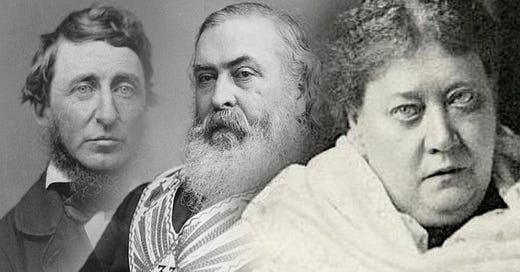



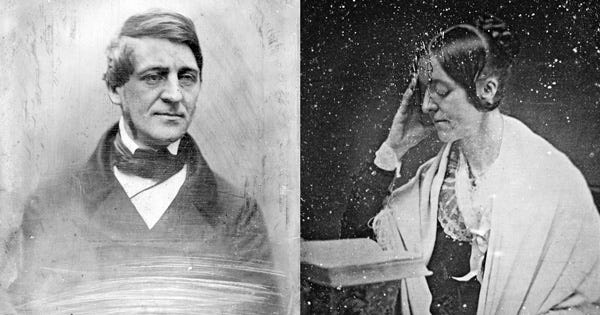
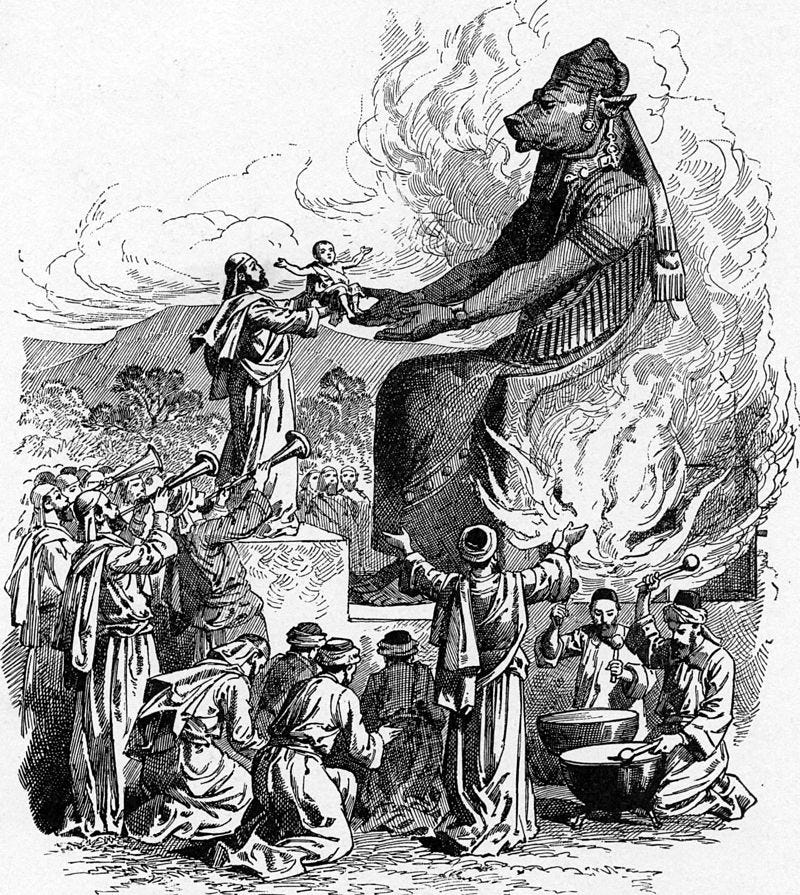
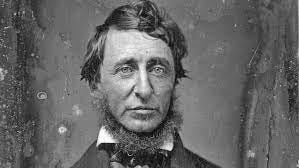
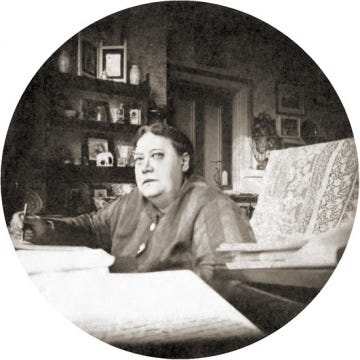
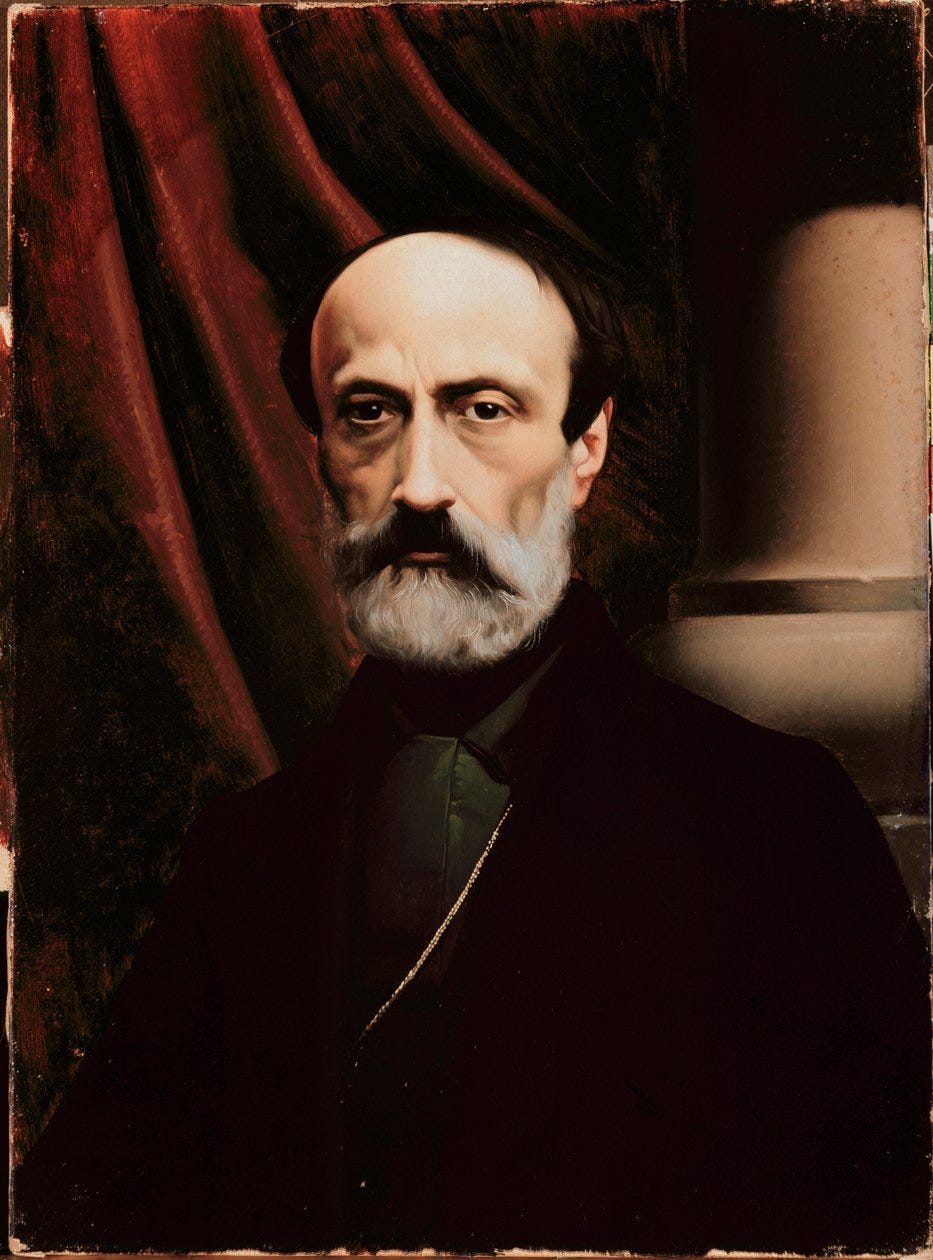
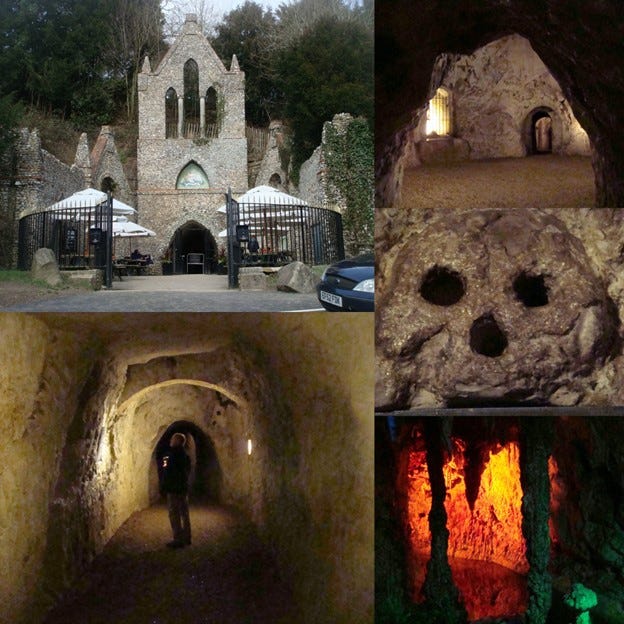
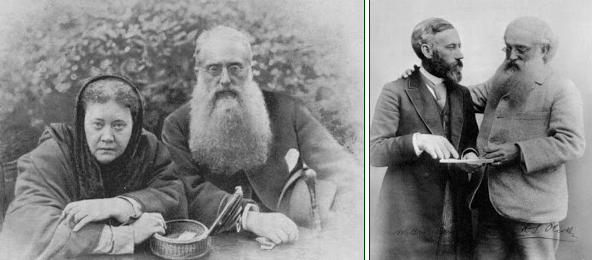
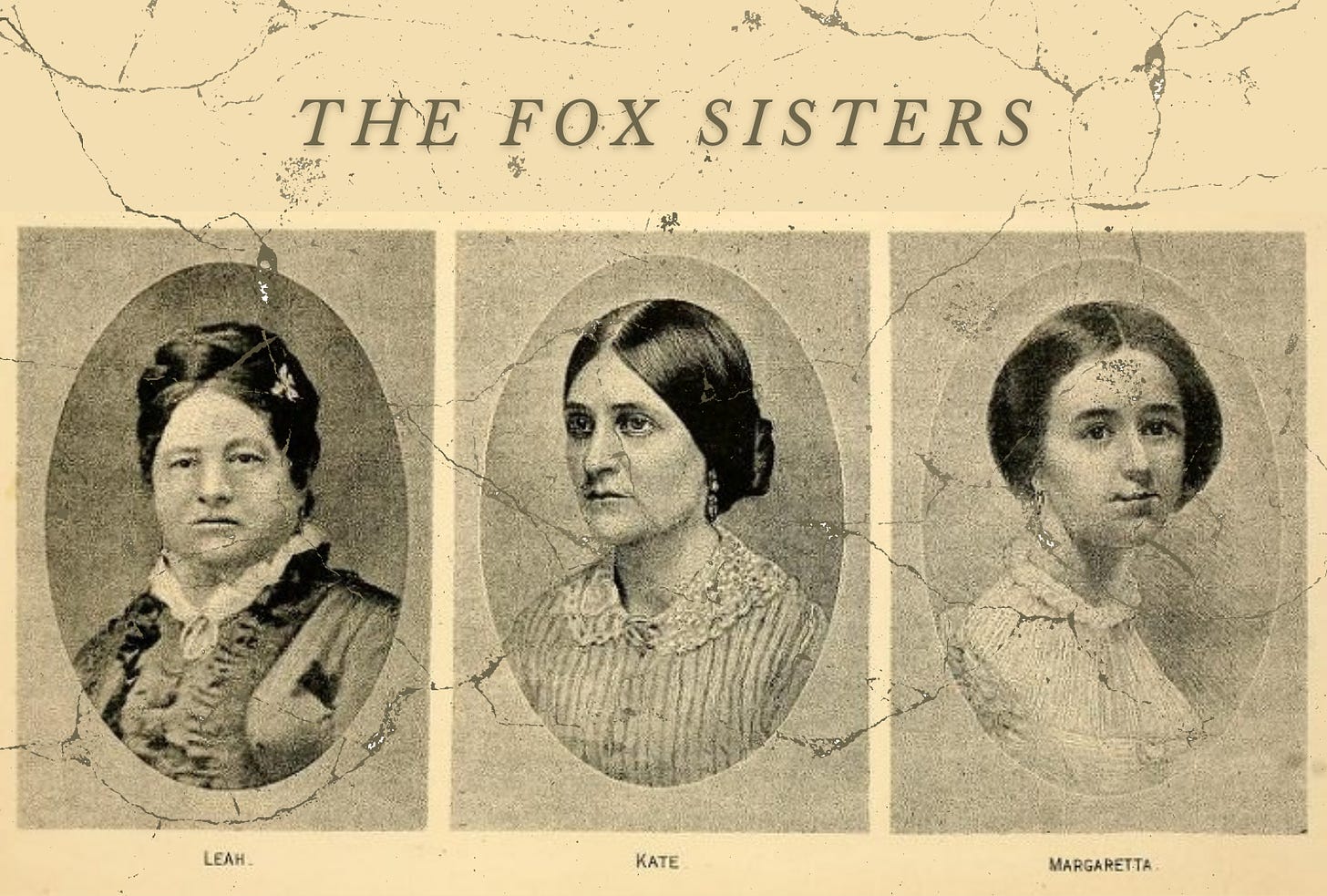
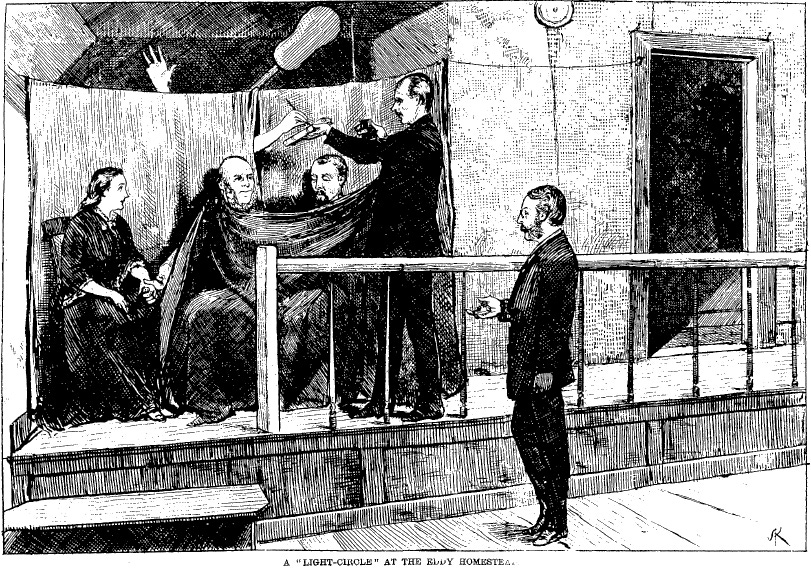
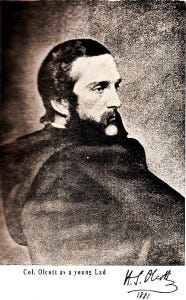
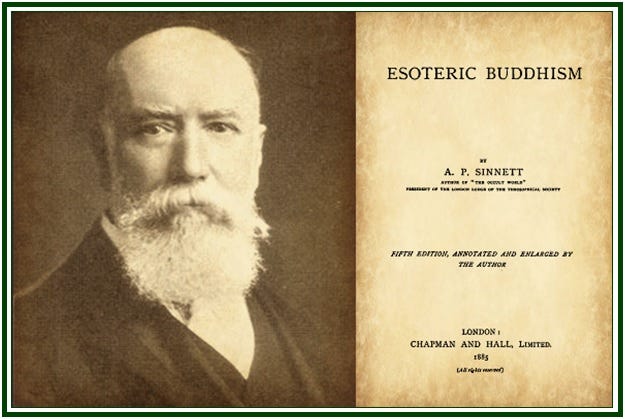
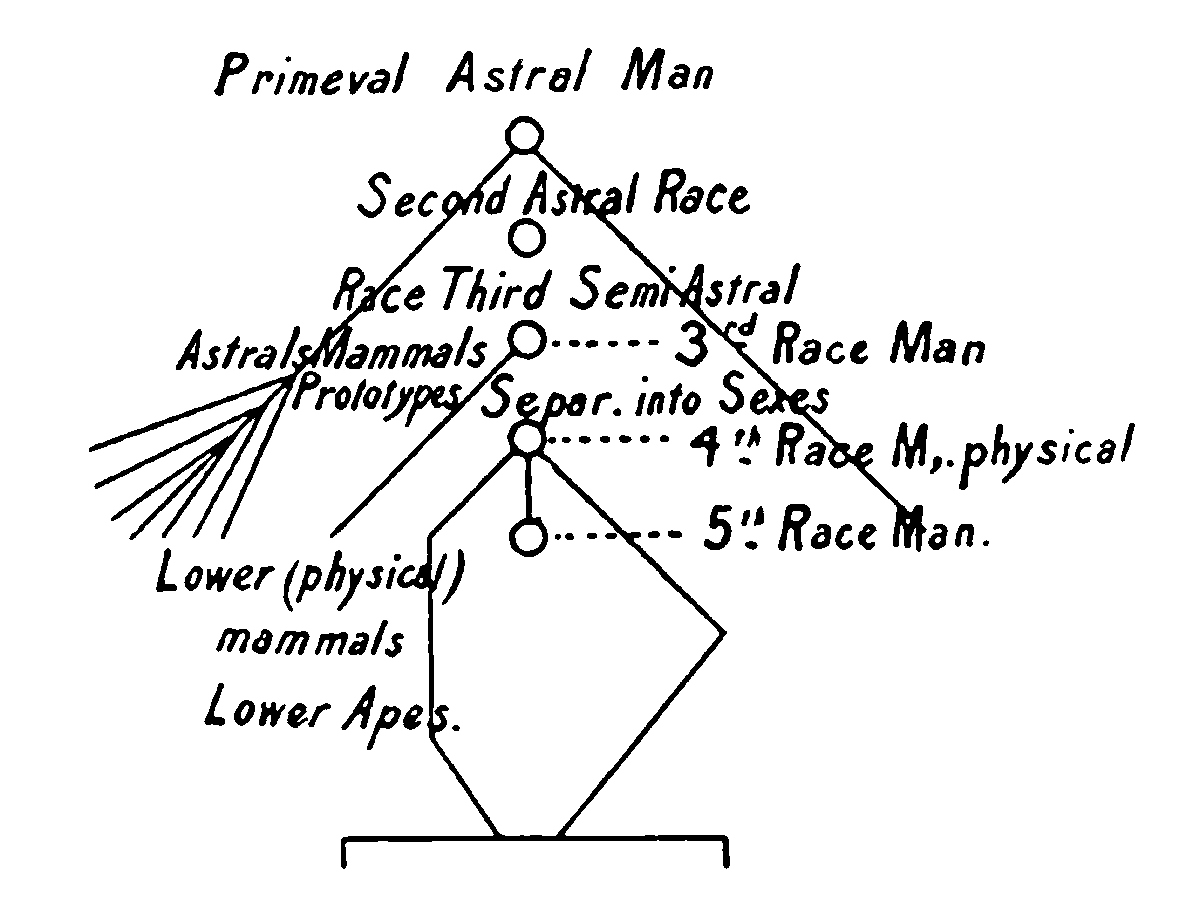
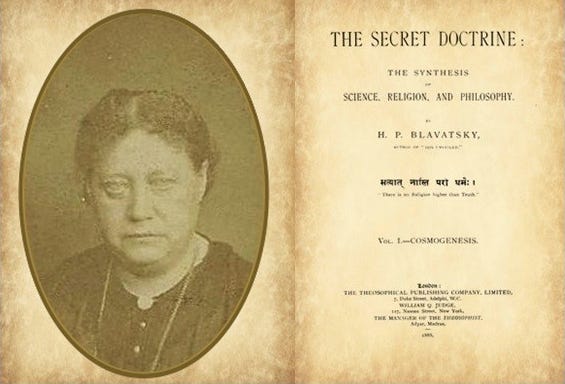
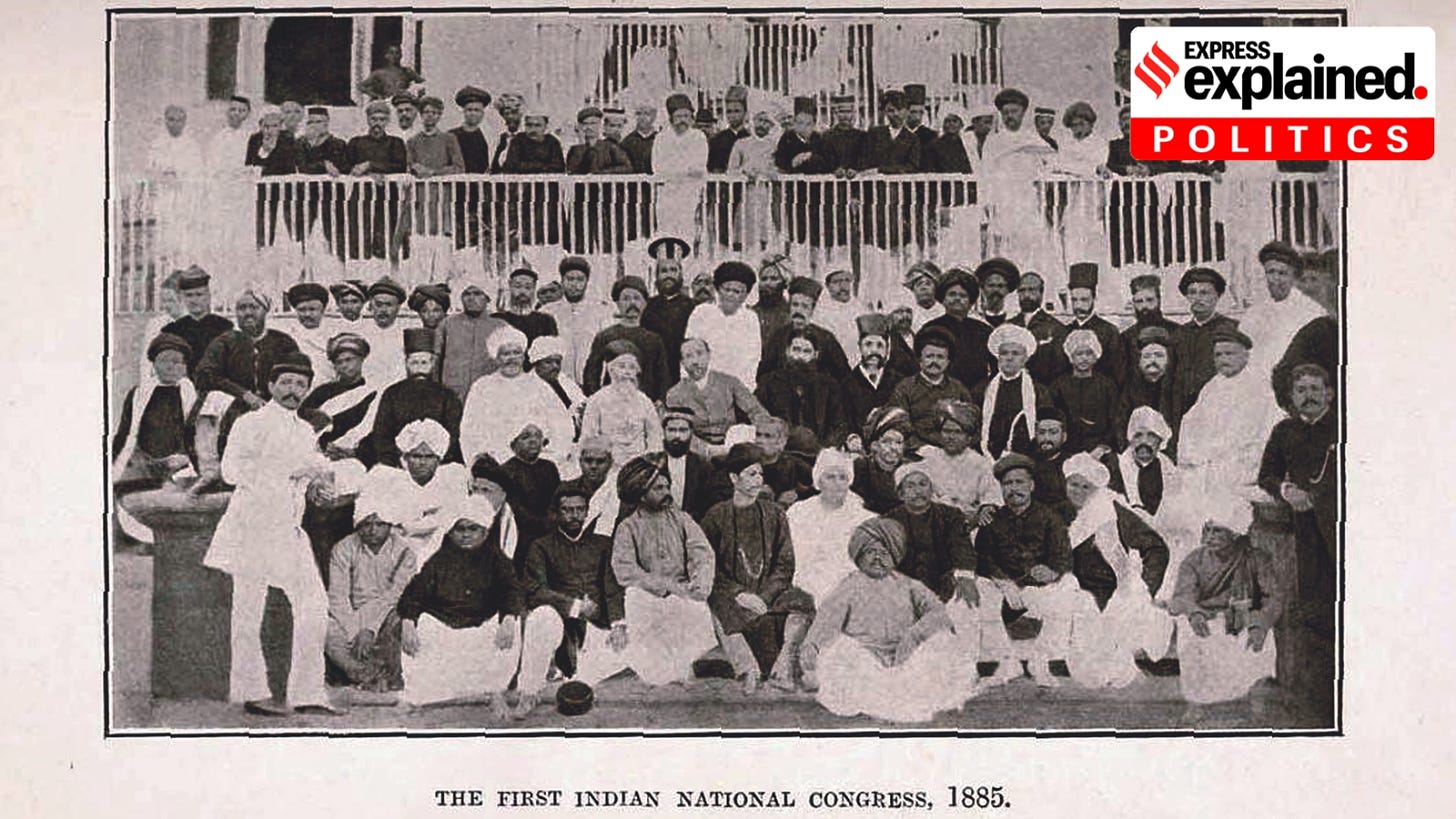
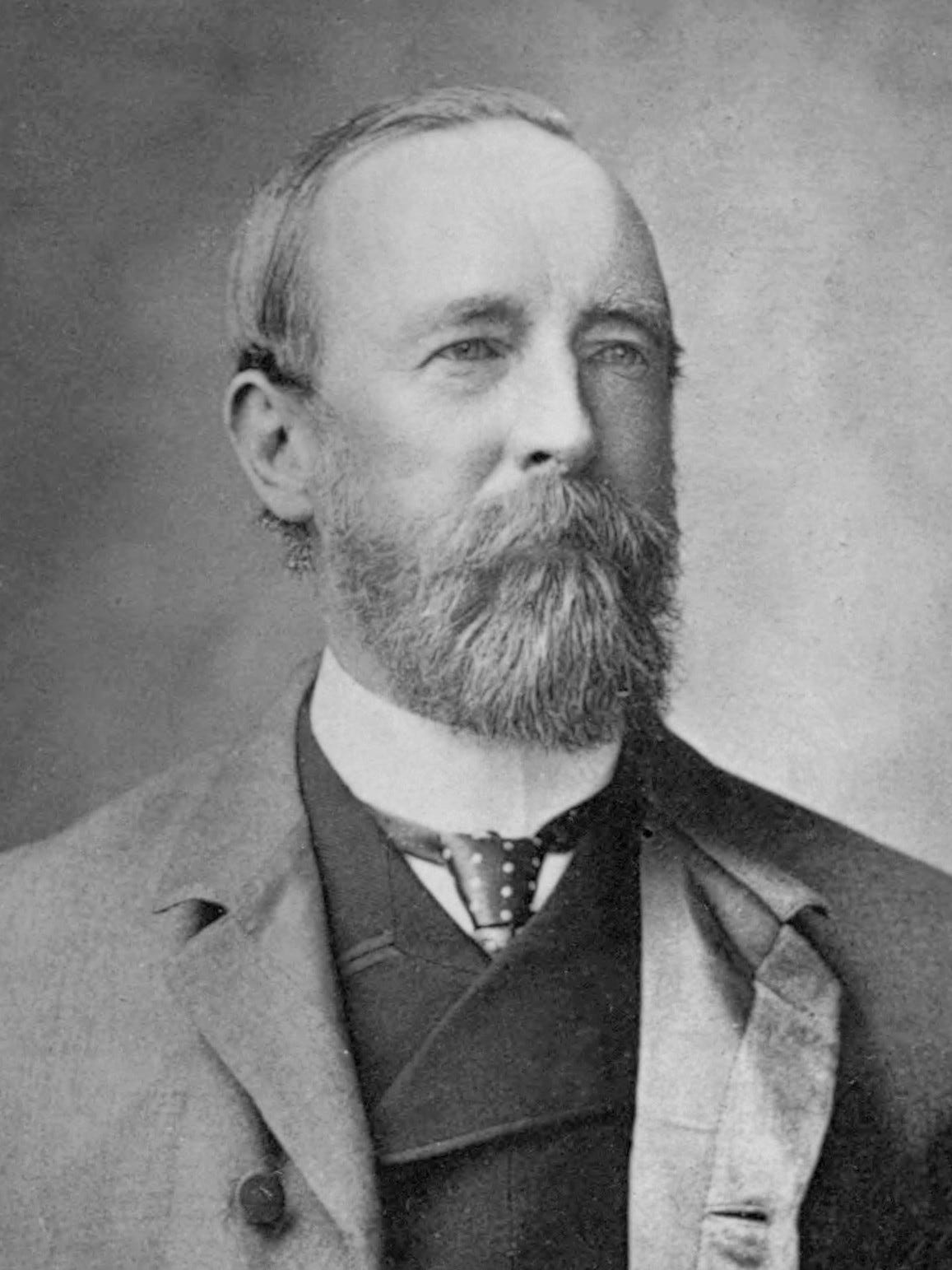
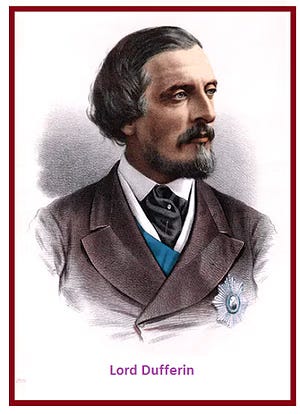
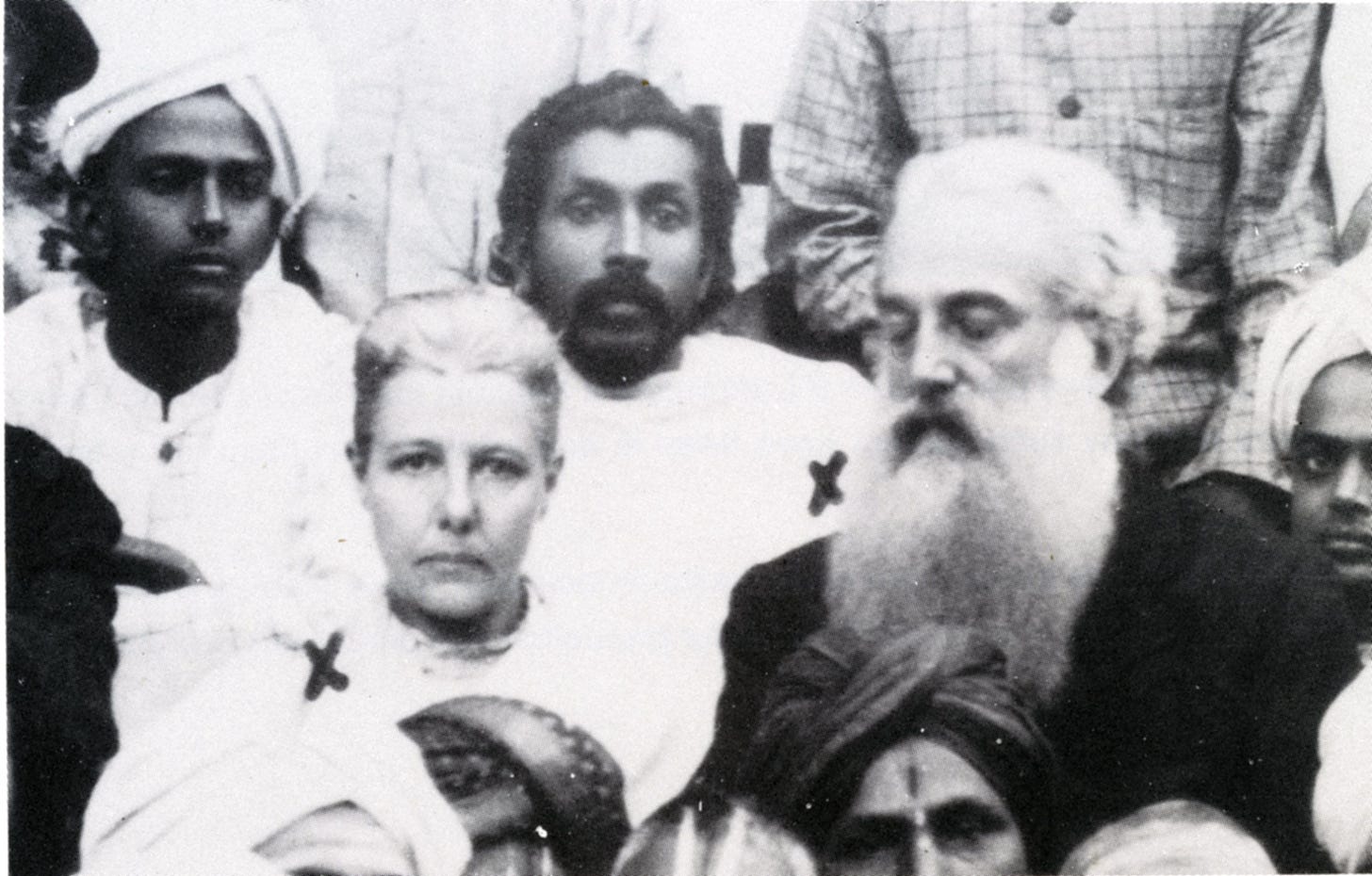
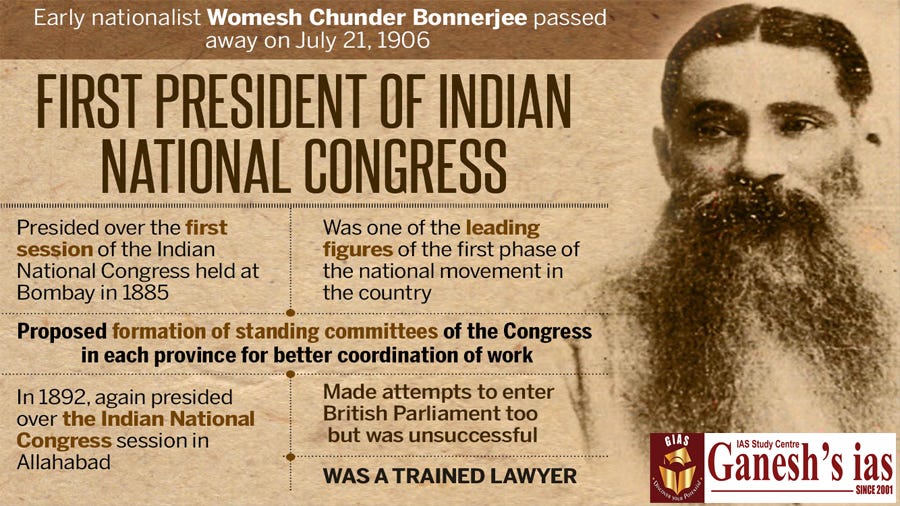
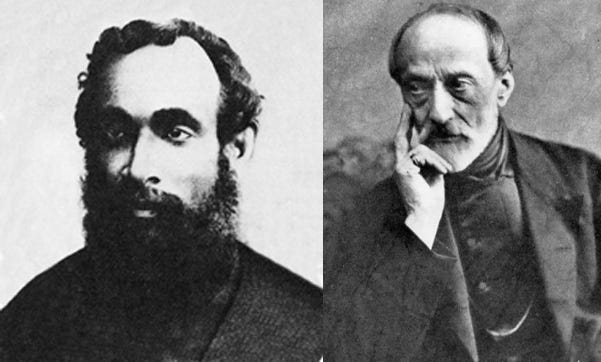
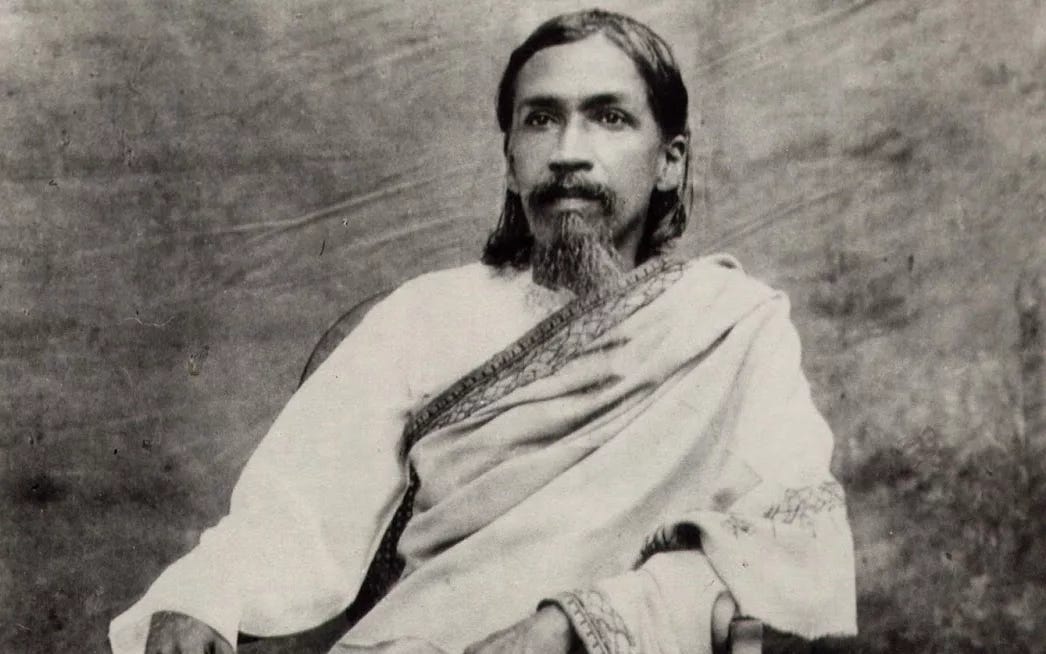
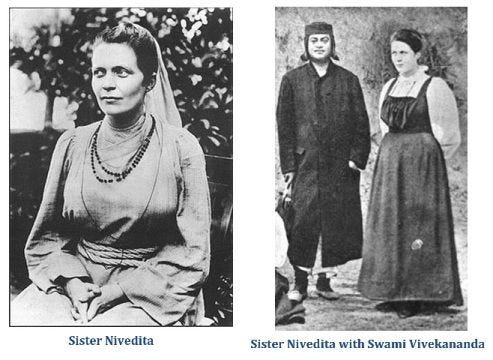
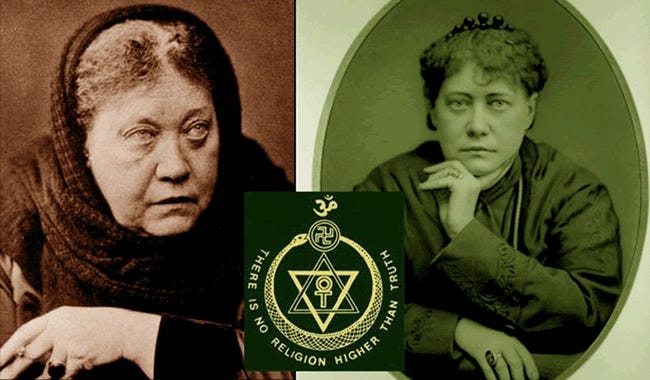
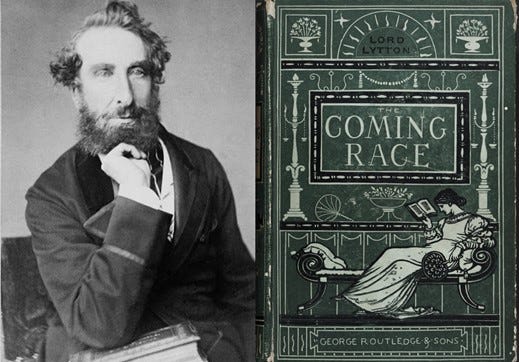
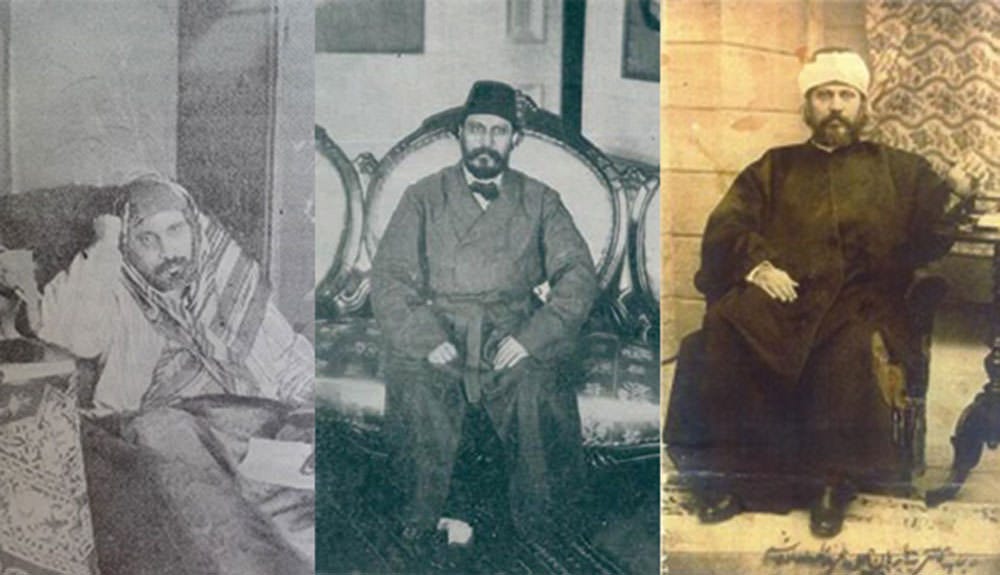
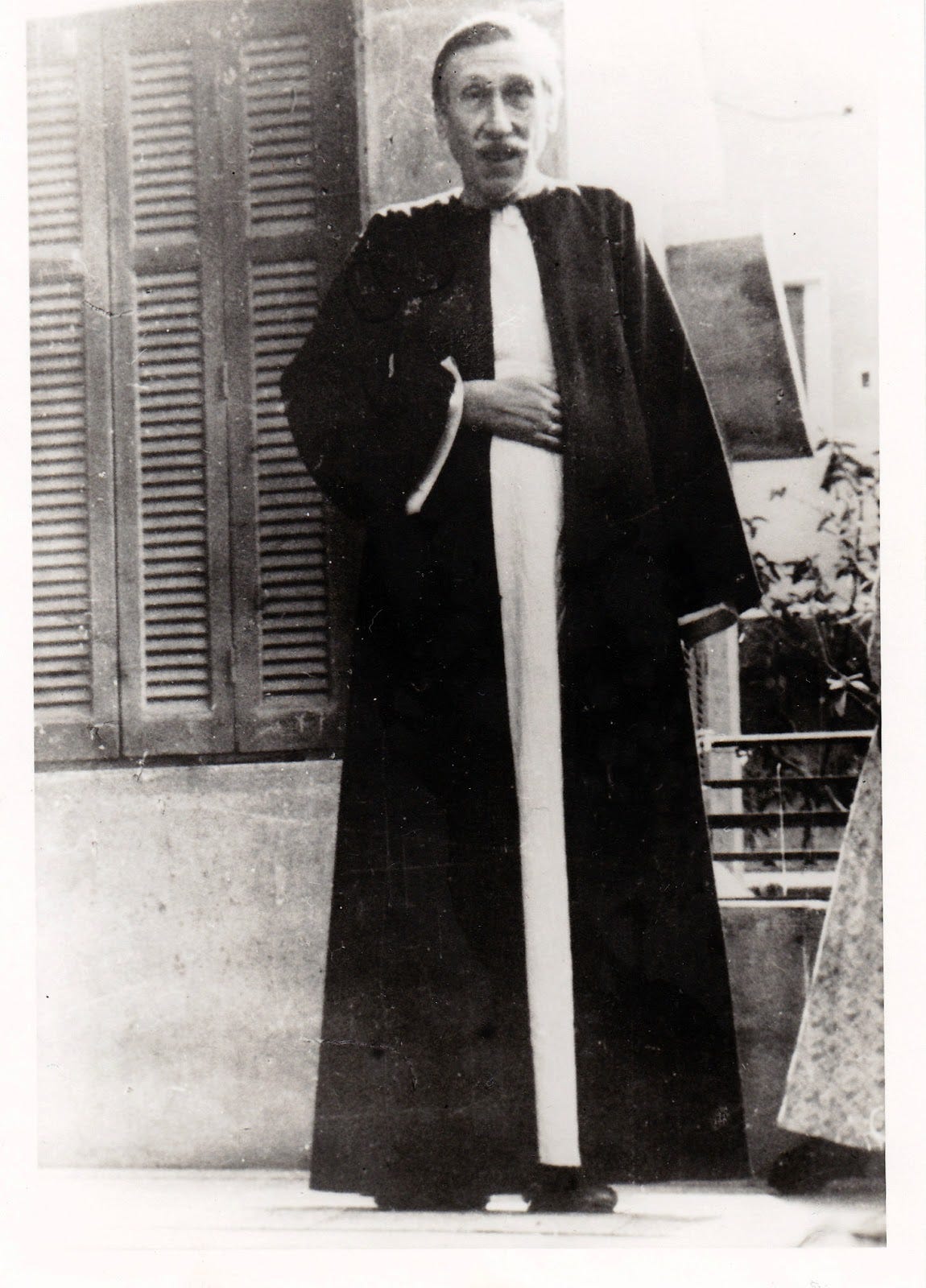
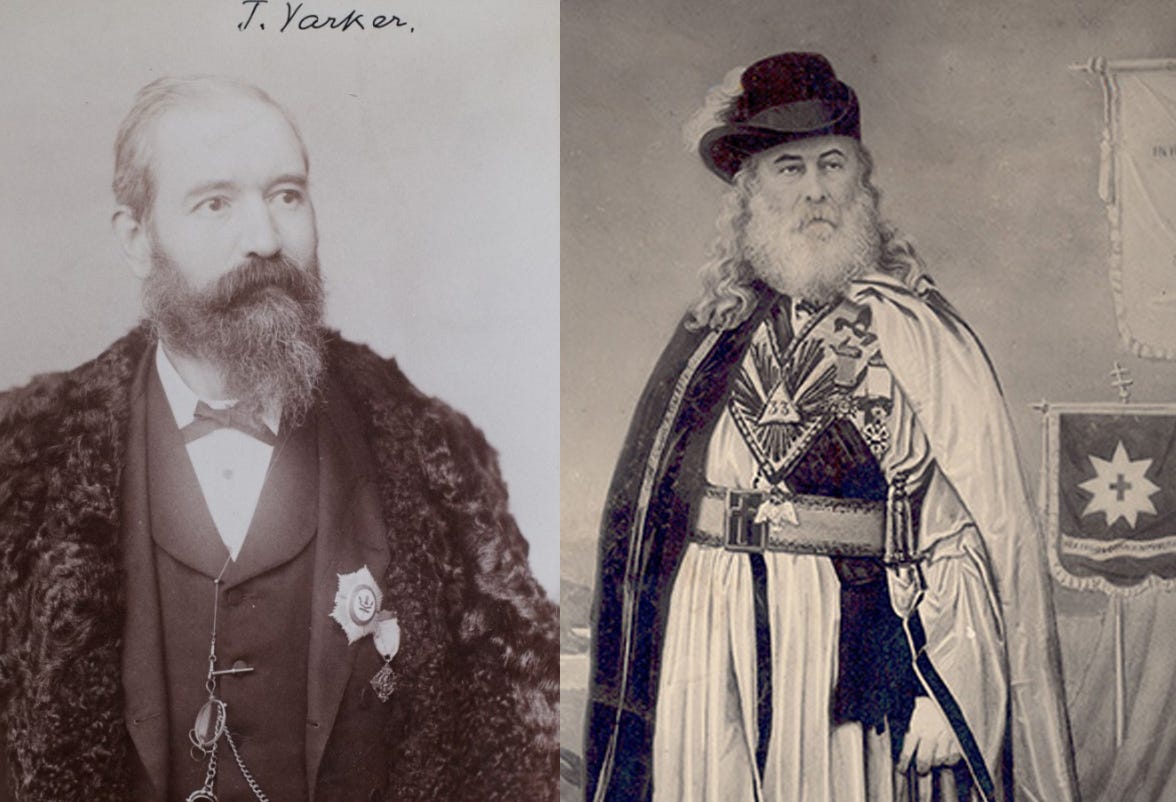
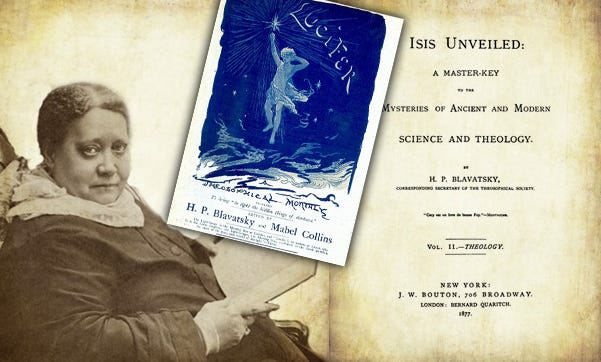
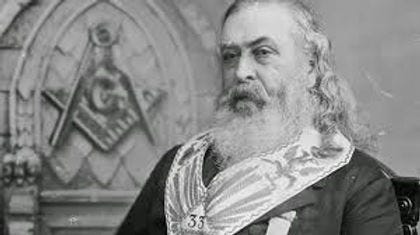




Interesting Insight! Comprehensive. It requires a second read lol. Some connections in here I did not realize.
For audio versions of many of these books referenced check out our podcast or find them where audiobooks are sold. Spotify is a good place now....
Isis Unveiled 1 and 2, Secret Doctrine - all 3, Alvin Boyd Kuhn's - Theosophy, John Yarker - Arcane Schools, Arthur Conan Doyle's - History of Spiritualism, Steiner, Manly P. Hall, Max Heindel, Thoreau, Crowley, and more.
https://adultbrain.ca/
Hello Matt,
Very interesting article, as I got to the part where you stated "As outlined in part 4 of this series, the Transcendentalists knew exactly what they were doing.", I thought of a video I'd seen a few days before: https://rumble.com/v3oaskh--bankers-wars.html
So when you say "they knew what they were doing", I wondered if these people were pushing these theosophistic ideologies spontaneously, or if similarly to these days, elements linked to the old British banking systems, monarchies, occult societies, etc. might have been influencing and/or guiding, supporting these individuals?
If Rivero's assertions are correct, then it wouldn't be much of a stretch to believe that the old British banking families and such would be trying to fracture or destroy the US by means of helping to create, or at the very least financially and/or ideologically supporting the theosophists, would it? And if one were to suppose that, would there be any evidence of it to be found anywhere in the historical record (which is why I wanted to ask you, knowing very well how deeply you normally dive into the historical record).
Not that I think that Emerson himself would require any guiding of course, I believe that he could well take care of his writings without any help whatsoever.
And while on the subject of Emerson, what would you surmise his motives to have been to subvert the American nation, or would his motives not have been focused on the US nation, but more along the lines of fighting against Christian religion which he would have held contempt for?
I hope my questions are not way off the mark, and if there is a lot of context that I'm missing which would invalidate these inquiries, I apologize in advance.